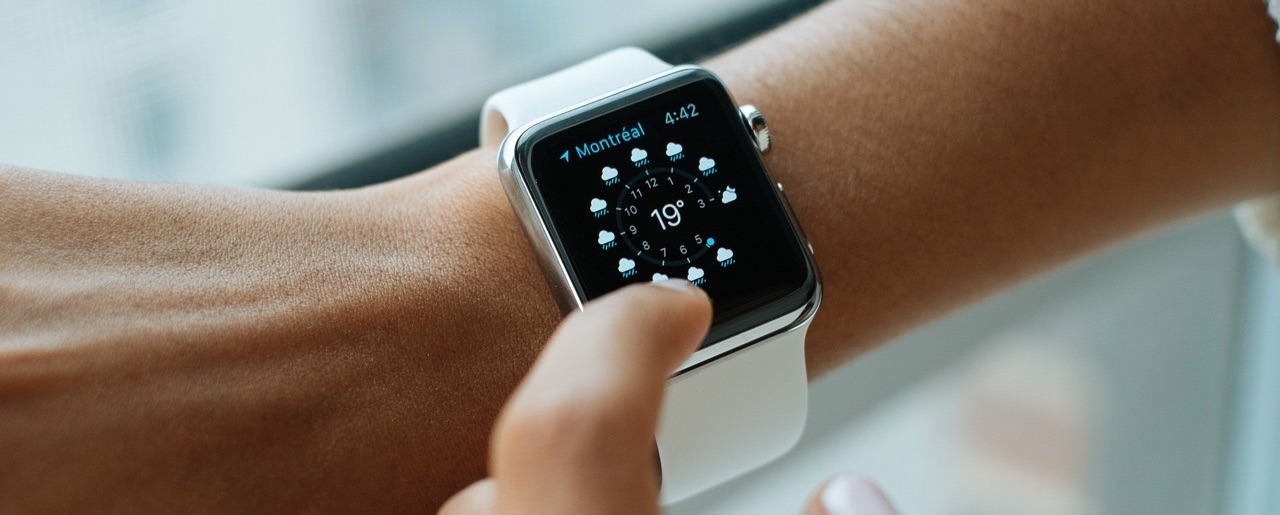As Canadian Prime Minister Justin Trudeau gets ready to host the G7 Summit this week, renewed tensions around trade remind us how vulnerable the global economy is, and how working together is more important than ever to solve these complex issues.
And today, the world is looking to G7 leaders to make the right decisions.
The connected future is here. While the Internet has yet to reach its full potential (half of the world’s population remains offline), there’s little doubt that it’s already changing the landscape of trade, jobs, and the digital economy. According to data from McKinsey, the Internet accounts on average for 3.4 % GDP across the large economies that make up 70 % of global GDP. The global network offers a unique space where data, goods and services can flow and fuel the next wave of global growth, where anyone can take part and benefit from new economic opportunities.
One of the values of this connected world is our ability to interconnect — the way we live our lives, the way we socialize, and we interact with the world. Everything from clothes to toys and toothbrushes are coming online as well. The International Data Corporation (IDC) estimates the value of the Internet of Things (IoT) to the Canadian economy at $21 billion annually, a tremendous disruptor in the innovation economy, with up to 25 billion devices connected globally by 2025.
While this sounds pretty exciting, there is a critical flaw: the vast majority of these devices aren’t designed with people’s security and privacy as priority number one.
And that creates an issue of trust in the very connected future that we’re heading towards.
Securing the Internet of Things
Consumers of Internet-connected devices rightly expect that their information will be protected, and that they will be safe and secure. But, securing the Internet of Things is complicated. Governments can’t do it alone, nor should we expect them to. It necessitates a collaborative approach – one that brings a diverse group of stakeholders and perspectives, including consumers, to the table when policies and norms are developed.
There are some promising examples of this happening around the world. Governments are increasingly recognizing the complexity of the challenge and engaging in collaborative processes to secure the Internet of Things.
What Leaders of the G7 Can Do
For example, in the U.S., the National Telecommunications and Information Administration (NTIA) facilitated a multistakeholder process to address upgradability and patching of IoT devices. In Japan, under the IoT Acceleration Consortium, government, academia, industry and other stakeholders are working together to address a variety of challenges and risks related to IoT security. In Canada, the Internet Society is working with the Government of Canada, the Canadian Internet Registration Authority, CANARIE, and
CIPPIC in a multistakeholder process on consumer empowerment and network resilience related to IoT.
As representatives of seven of the world’s most advanced economies, G7 countries must take a leadership role in advocating for a connected future that ensures everyone, everywhere can take advantage of the Internet of opportunity. This means that privacy and security must not be an after-thought for Internet-connected devices; they should be embedded in their design.
This is why a collaborative approach is so important.
By ensuring all relevant voices are present at the table – civil society, the security and technical communities, government, and the private sector – the outcome will be stronger.
And, it’s been our experience that stakeholders will be much more likely to support and implement those outcomes.
To discuss this topic, please join or watch our side event on June 6 – Innovation, security and the Internet of Things – and also listen to this audio interview I recently gave related to the G7:
Image credit: Crew on Unsplash

